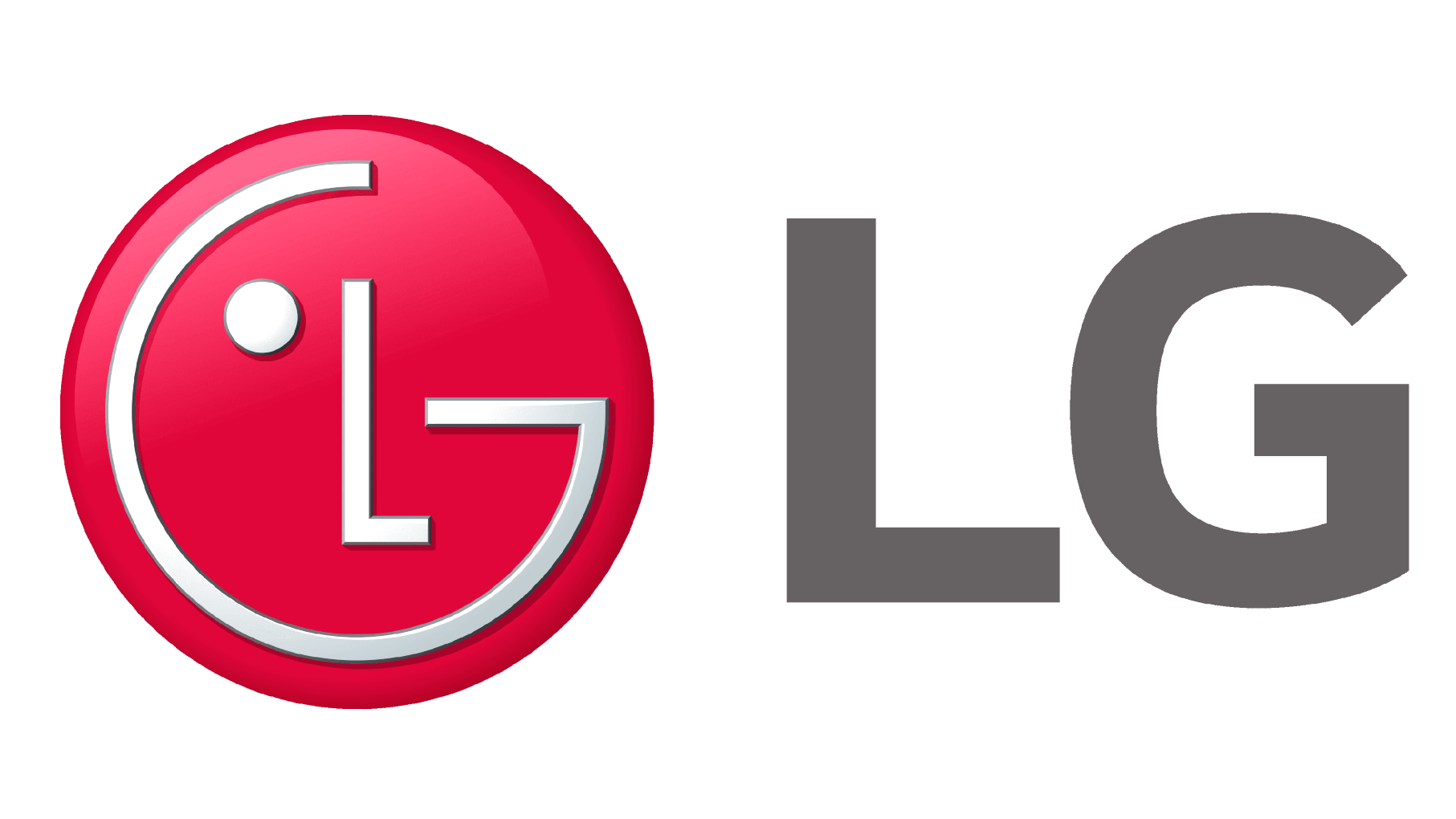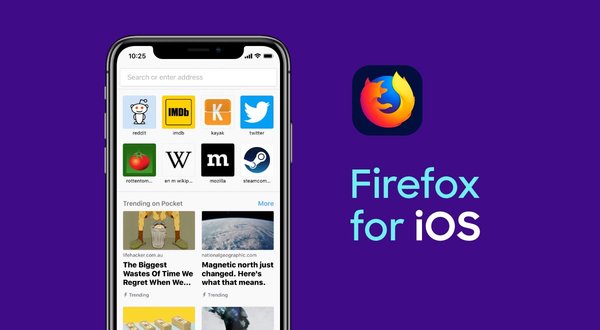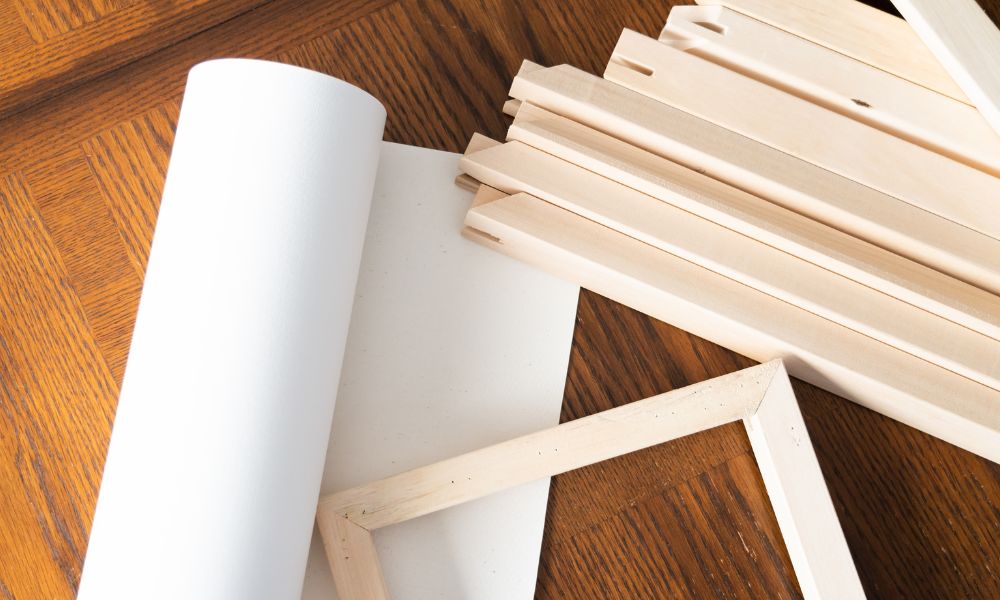Everything You Need to Know About Overmolding

Overmolding is a process used to combine two different materials into a single final product. This process offers many practical and aesthetic advantages, and people use it in a wide variety of industries. If you want to learn more, read this quick guide on everything you need to know about overmolding.
What Is Overmolding?
Overmolding refers to a process that involves either partially or completely covering a substrate—which is generally either plastic or metal—with another material, typically either plastic or rubber. The substrate becomes seamlessly molded into the final part.
Overmolding Advantages
There are numerous potential advantages that you should know about overmolding. Some of the most notable benefits include:
- Enhanced aesthetics: Through the process of overmolding, you can design a part without any seams or parting lines, which results in improved aesthetics. This capability is highly beneficial when designing technologically advanced items such as medical equipment which should look as sophisticated on the outside as it is on the inside.
- Increased part strength: By overmolding reinforcements or items that help connect parts together, you increase the strength of the final product.
- Improved protection for fragile components: This is great for when you need to include a fragile component into your product, such as an antenna. By covering the fragile item with a protective layer, you can protect against damage from vibrations, chemicals, water, or extreme temperatures.
- Lower cost: The cost of assembling multiple different parts can be high. By overmolding various components into one item, the assembled part cost of the product is significantly reduced or eliminated.
- Improved ergonomics: Overmolding can allow harder parts to be covered in a softer material such as rubber. As a result, the product or tool is often more comfortable to use.
Applications of Overmolding
Overmolding is used in many different industries, as it can enhance the function, aesthetic, or usability of a product. These applications include:
- Medical devices
- Electronic devices
- Automotive components
- Solar energy
- Consumer electronics
- Industrial devices
- Military equipment
- Power tools
- Garden tools
- Household appliances
- Kitchen products





